Best Timing for Fire Restoration
Determining the optimal time for fire restorations depends on various factors including weather conditions, fire seasonality, and property readiness. Typically, the most suitable periods are during the late fall and early winter when fire activity decreases and restoration crews can work efficiently without the interference of extreme weather.
Restoring properties soon after fire incidents minimizes damage progression and mold growth. Early intervention ensures better preservation of the structure and reduces long-term costs.
Dry and mild weather conditions facilitate safer and more effective restoration work. Avoiding rainy or snowy periods helps prevent additional damage and delays.
Restorations scheduled outside peak fire season reduce logistical challenges and improve resource availability. Planning during off-peak times ensures priority access to restoration services.
Accessibility of the affected property influences the timing of fire restorations. Clear access routes and favorable weather conditions enable faster response and completion.
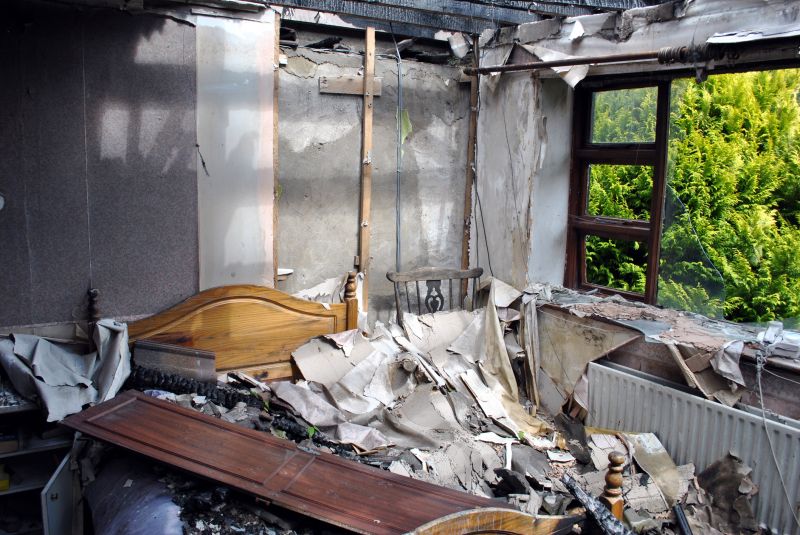
Initial evaluation of fire damage helps determine the best restoration timeline.
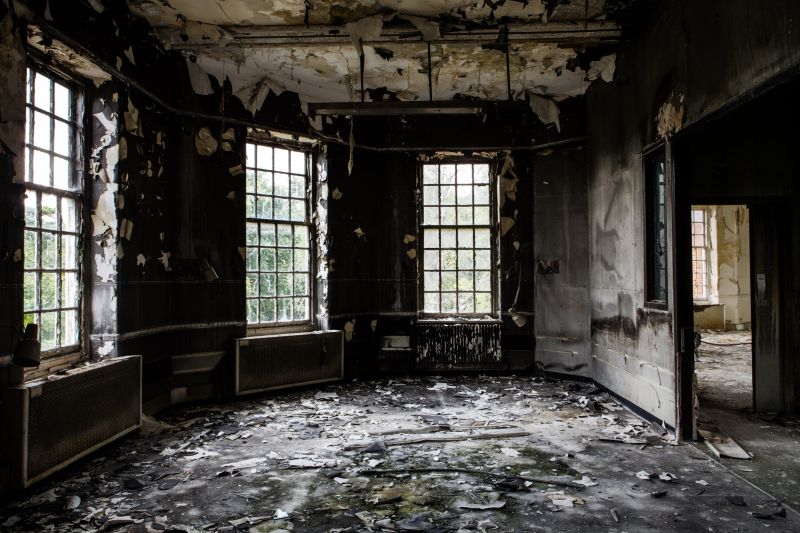
Removing debris early prevents further damage and prepares the site for repairs.
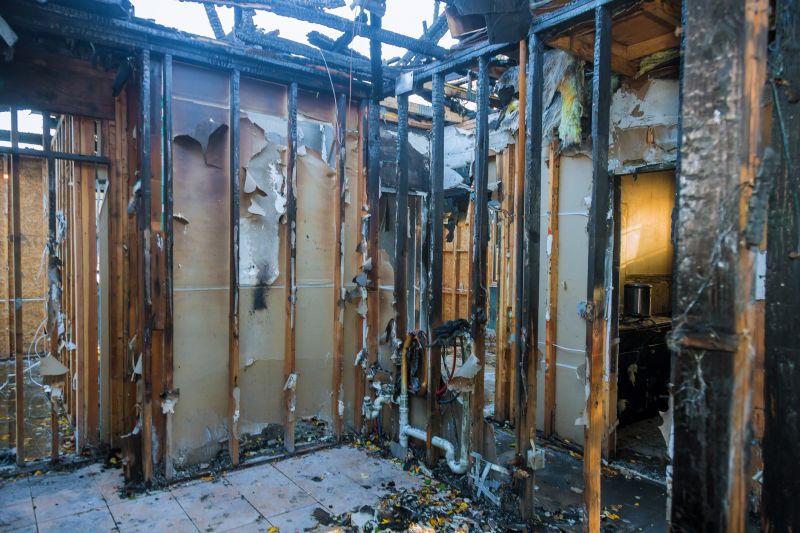
Securing the structure promptly minimizes risk and facilitates repairs.
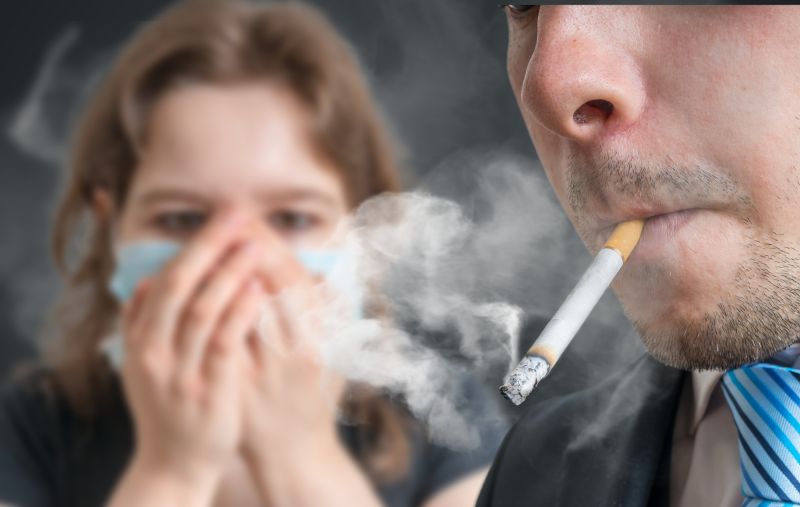
Addressing smoke odors early improves indoor air quality.
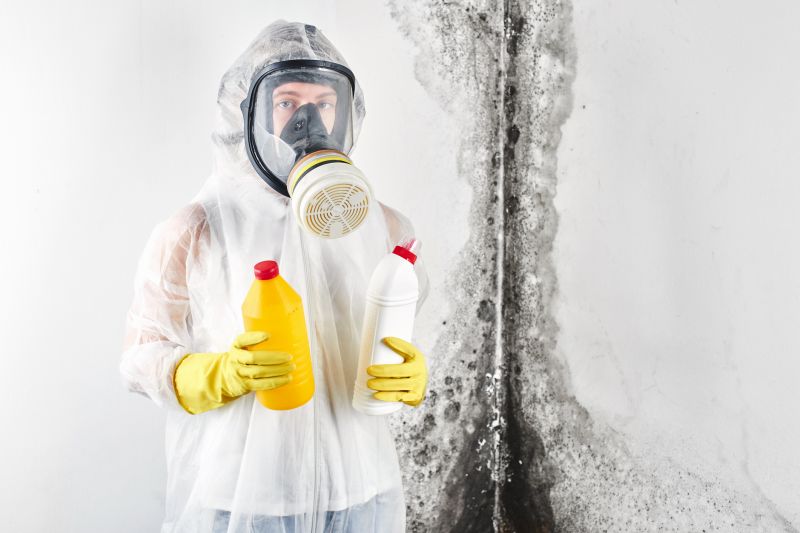
Managing water damage immediately prevents mold growth.

Using specialized equipment accelerates restoration processes.
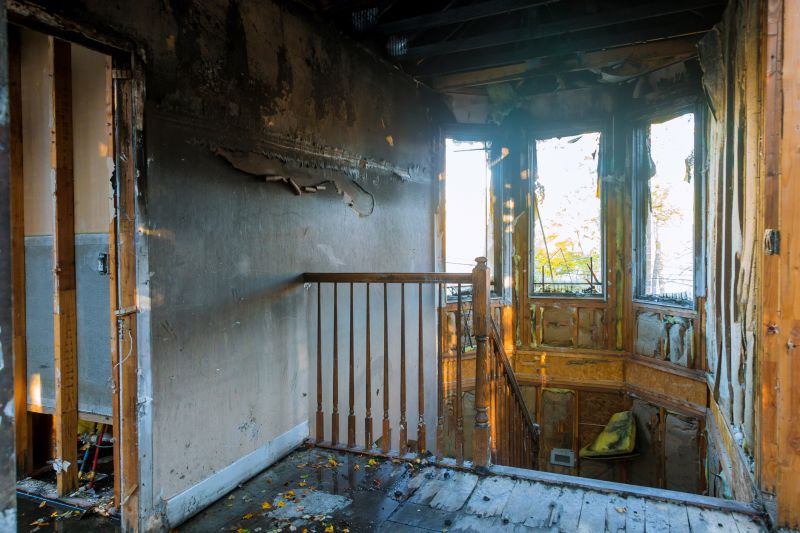
Developing a detailed plan ensures timely and effective work.
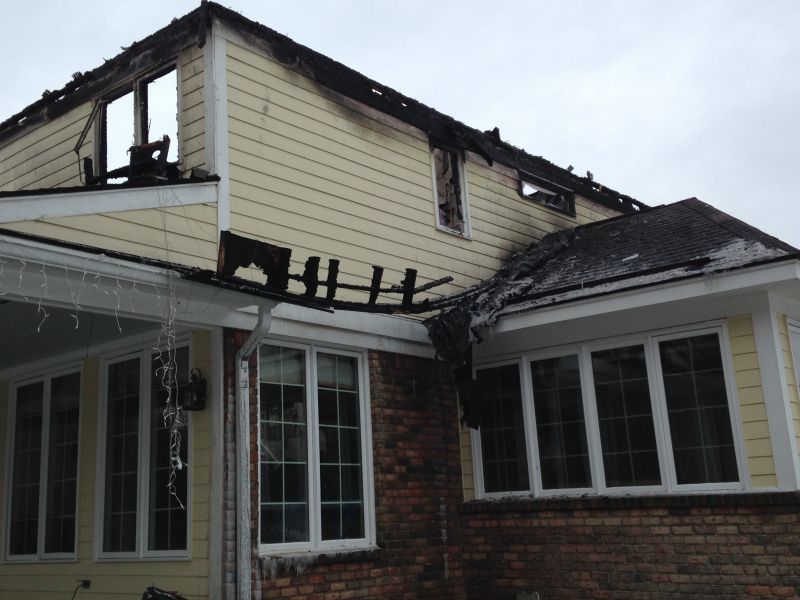
Replacing damaged materials is crucial for safety and durability.

Thorough inspection confirms restoration quality before project completion.
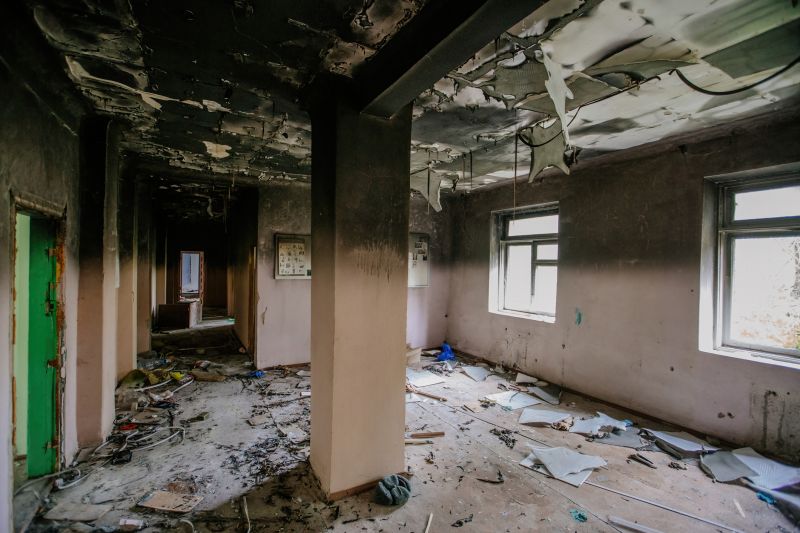
Ongoing maintenance preserves restoration outcomes.
| Factor | Best Time for Restoration |
|---|---|
| Weather Conditions | Dry, mild seasons are optimal |
| Fire Seasonality | Post-fire season periods |
| Property Accessibility | When access routes are clear |
| Insurance Approval | Immediately after claim approval |
| Fire Damage Severity | As soon as safety is confirmed |
| Resource Availability | During off-peak periods |
| Environmental Factors | Avoiding extreme weather events |
Fire restorations involve comprehensive procedures to repair and restore properties affected by fire incidents. This process includes debris removal, structural repairs, smoke odor elimination, and water damage management. Timely intervention is essential to prevent further deterioration and to ensure the safety and integrity of the property.

Restoration of structural elements and materials.
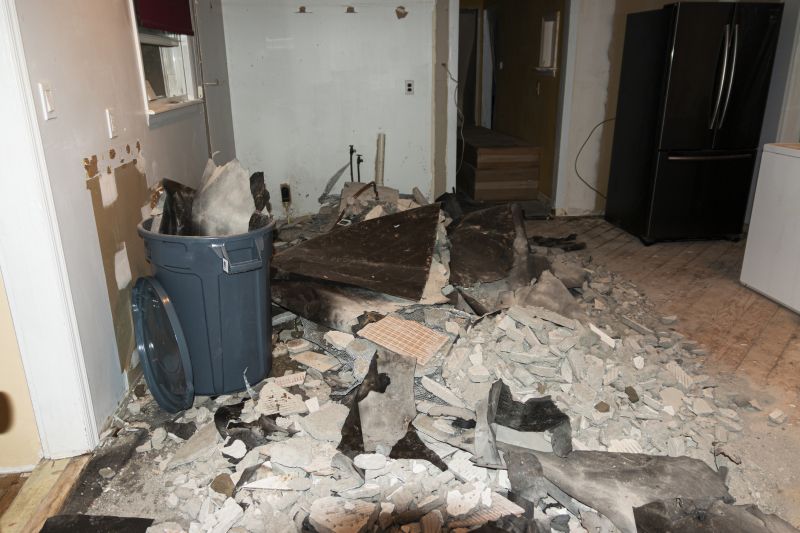
Removing smoke residues and odors.
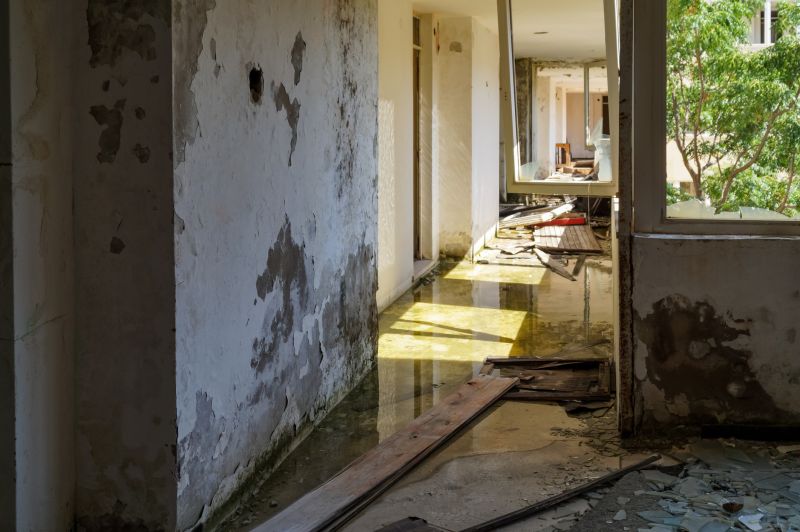
Drying and moisture control after firefighting efforts.

Final repairs and finishing touches.

Ways to make Fire Restorations work in tight or awkward layouts.

Popular materials for Fire Restorations and why they hold up over time.
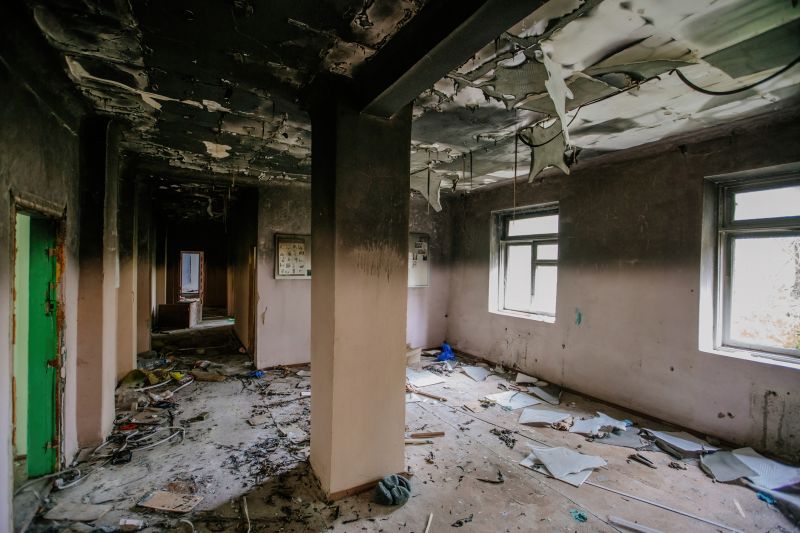
Simple add-ons that improve Fire Restorations without blowing the budget.
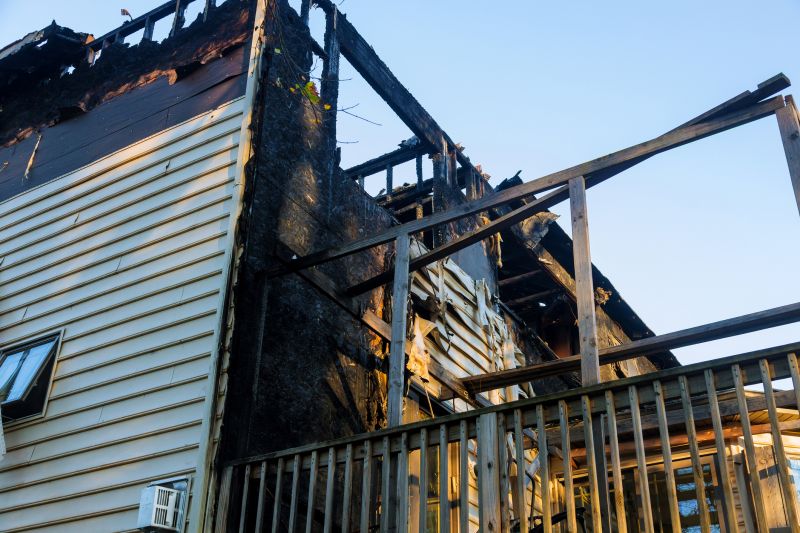
High-end options that actually feel worth it for Fire Restorations.
Interested in fire restoration services? Filling out the contact form can provide more information and help schedule assessments to determine the best approach for property recovery.
